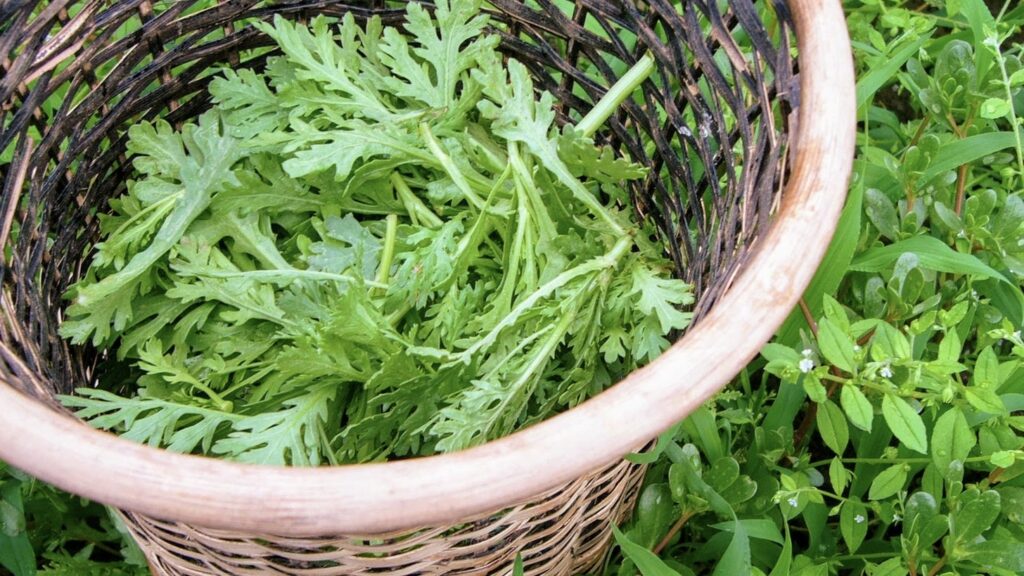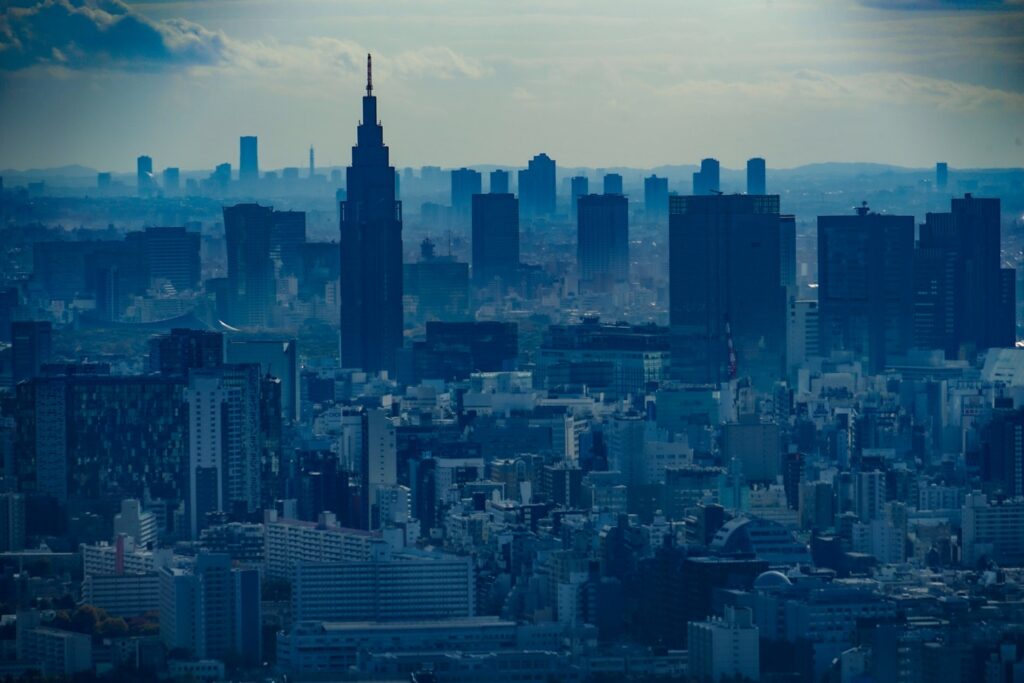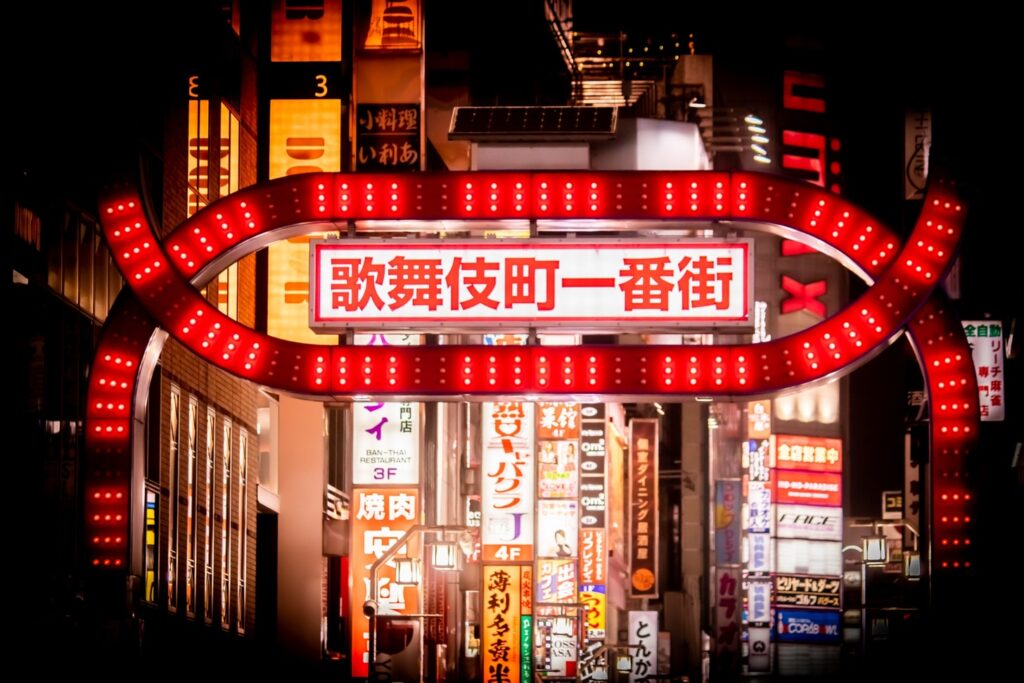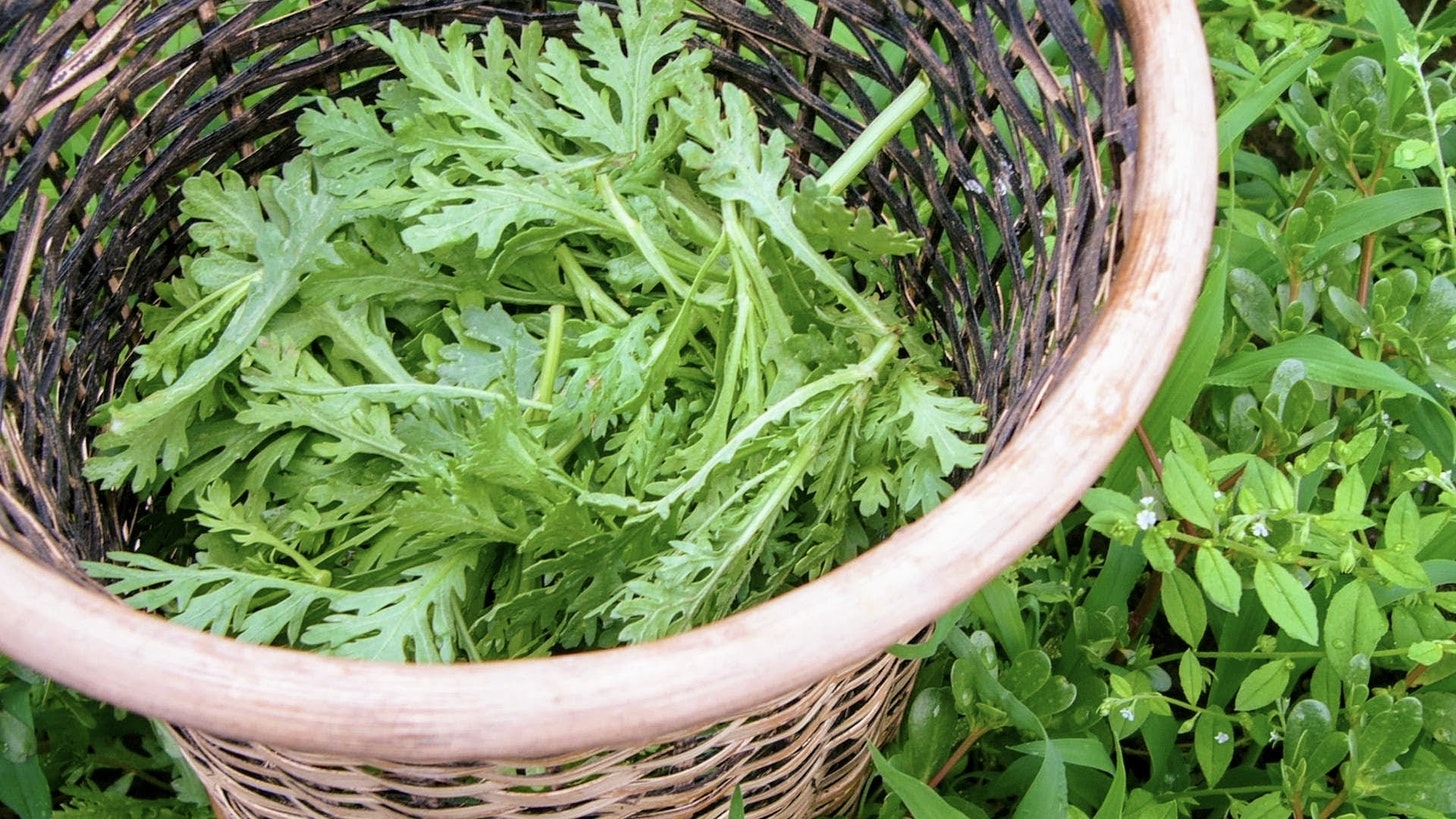My boyfriend and I grow vegetables every summer in Canada. Last year, because of the pandemic, we moved to the countryside where it’s difficult to get Japanese food. So we decided to grow some Japanese vegetables in the garden, and one of them was “Shunguku (Garland Chrysanthemum)”.
I sowed them and put the tag “Shungiku”, but the name of Shungiku seems a bit confusing for my boyfriend and he often reads it “Shinjuku”.
“Shun-gi-ku” has three syllables and so does “Shin-ju-ku”.
- Shun-gi-ku (春菊): a vegetable
- Shin-ju-ku (新宿): the name of the area in Tokyo
This is Shungiku.

It is said that it was named Shungiku (春菊) which means “spring chrysanthemum” because it blooms in spring while most chrysanthemums flower in Autumn.
Shungiku is also called “Kikuna (菊菜)”.
It has a mild grassy taste with a certain bitterness. We can eat their stalks which are slightly sweet and crunchy. The thinner ones are softer and easier to eat. It is one of the most common ingredients for Japanese hot pot (Nabe). We also sometimes make a salad with it such as “Goma-ae” coated with sesame sauce.
And, this is Shinjuku.

Shinjuku is one of the 23 city wards of Tokyo. It’s the centre of shopping, eating, and partying. Shinjuku Station is known as one of the world’s busiest railway stations which more than two million people use every day.

This is a part of Shinjuku, famous “歌舞伎町 (Kabukicho)” entertainment district where lots of nightlife is happening.
She sings,
JR新宿駅の東口を出たら
其処はあたしの庭 大遊戯場歌舞伎町
じぇいあーる しんじゅく えきの ひがしぐちを でたら
そこは あたしのにわ だいゆうぎば かぶきちょうWhen you exit the east exit of JR Shinjuku station
That’s my garden, the big playground “Kabukicho”



Comments